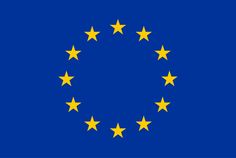ASFGL / Tafita
For farmers, who make up more than 80% of the Malagasy population, the legal recognition of their land rights is an essential factor in their willingness to invest to improve their plots, increase their yields and thereby increase their income. On the strength of this observation, and aware that the registration procedures then in force, which were too costly and too cumbersome, did not make it possible to satisfy a growing demand for land tenure security, the Malagasy government embarked in 2005 on a vast reform of decentralization land management which inaugurated the principle of legal recognition of land rights on appropriated but untitled land. Since then, subject to the establishment of a Local Land Occupancy Plan (PLOF) and the opening of a Land Tenure Office (GF), every municipality becomes the agent of its own development via increased skills in land use planning, municipal planning, improvement of the local tax census and land tenure security. Following a first phase co-financed by the French Development Agency (AFD) from 2015 to 2020, and mainly focused on land in the Analamanga and Itasy regions, this project aims to support these recent developments in a more integrated approach. strengthening local governance.
The objective is to reduce poverty and nutritional insecurity in Madagascar through the improvement of land tenure security and local governance and to enable these municipalities to be more financially autonomous.
Specifically these are:
• Make the land offices more efficient and more sustainable • Strengthen the financial resources of municipalities by reviving local taxation
• Facilitate the management of the municipal territory by setting up and operationalizing appropriate territorial planning tools
• Improve governance at the level of the communes of intervention.
This field is currently empty

